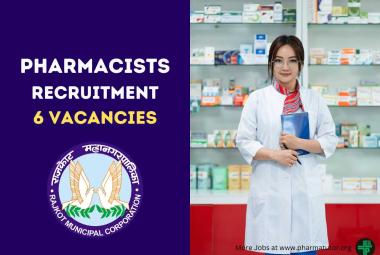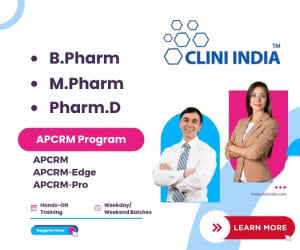FLUORIDE ADULTERATION IN DENTAL PRODUCTS
{ DOWNLOAD AS PDF }
ABOUT AUTHORS:
Nidha Amir*, Mohd Mazhar, Abhinav Sawhney, S.K Rajput
Department of Pharmacology
Amity Institute of Pharmacy, Amity University, NOIDA, Uttar Pradesh-201313, India
nidha.amir05@gmail.com
ABSTRACT
Fluorine, the 13th most abundant element of the earth’s crust, represents about 0.3g / kg of earth’s crust. It occurs mainly in the form of chemical compounds such as sodium fluoride or hydrogen fluoride, which are present in minerals fluorospar, fluorapatite, topaz and cryolitect. Fluoride is frequently encountered in minerals and in geochemical deposits and is generally released into subsoil water sources by slow natural degradation of fluorine contained in rocks. Fluoride being a natural element has several effects on health. Fluoride is beneficial to health if the concentration (CF) of the fluoride ion (F-) in drinking water is less than 1.5 mg/L (WHO 1994). A higher concentration causes serious health hazards. The disease caused manifests itself in three forms, namely, dental, skeletal, and non-skeletal fluorosis. On a large scale, it is used in dental product due to its anti- sensitizing property and abrasive action. Application of fluoride must be controlled and restricted to reduce the side effect induced by it.



 ABOUT AUTHOR:
ABOUT AUTHOR:  ABOUT AUTHORS:
ABOUT AUTHORS:  ABOUT AUTHORS:
ABOUT AUTHORS:
 ABOUT AUTHORS:
ABOUT AUTHORS: 







.png)

